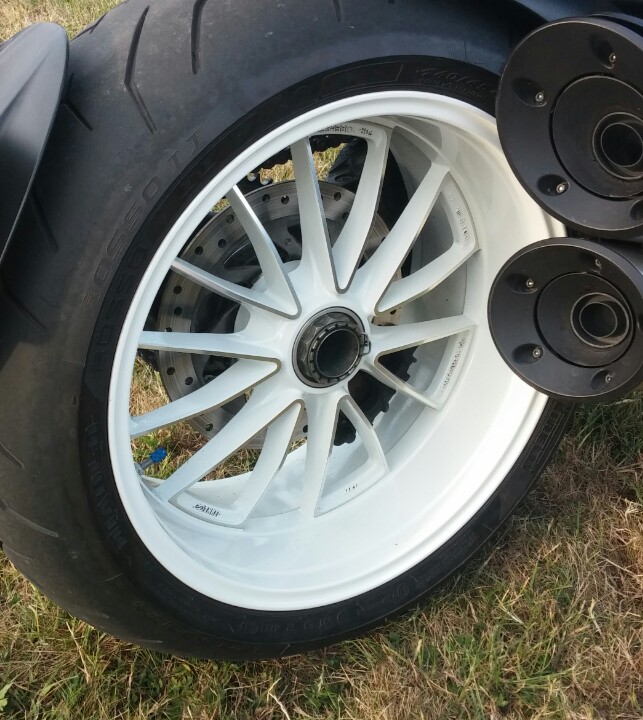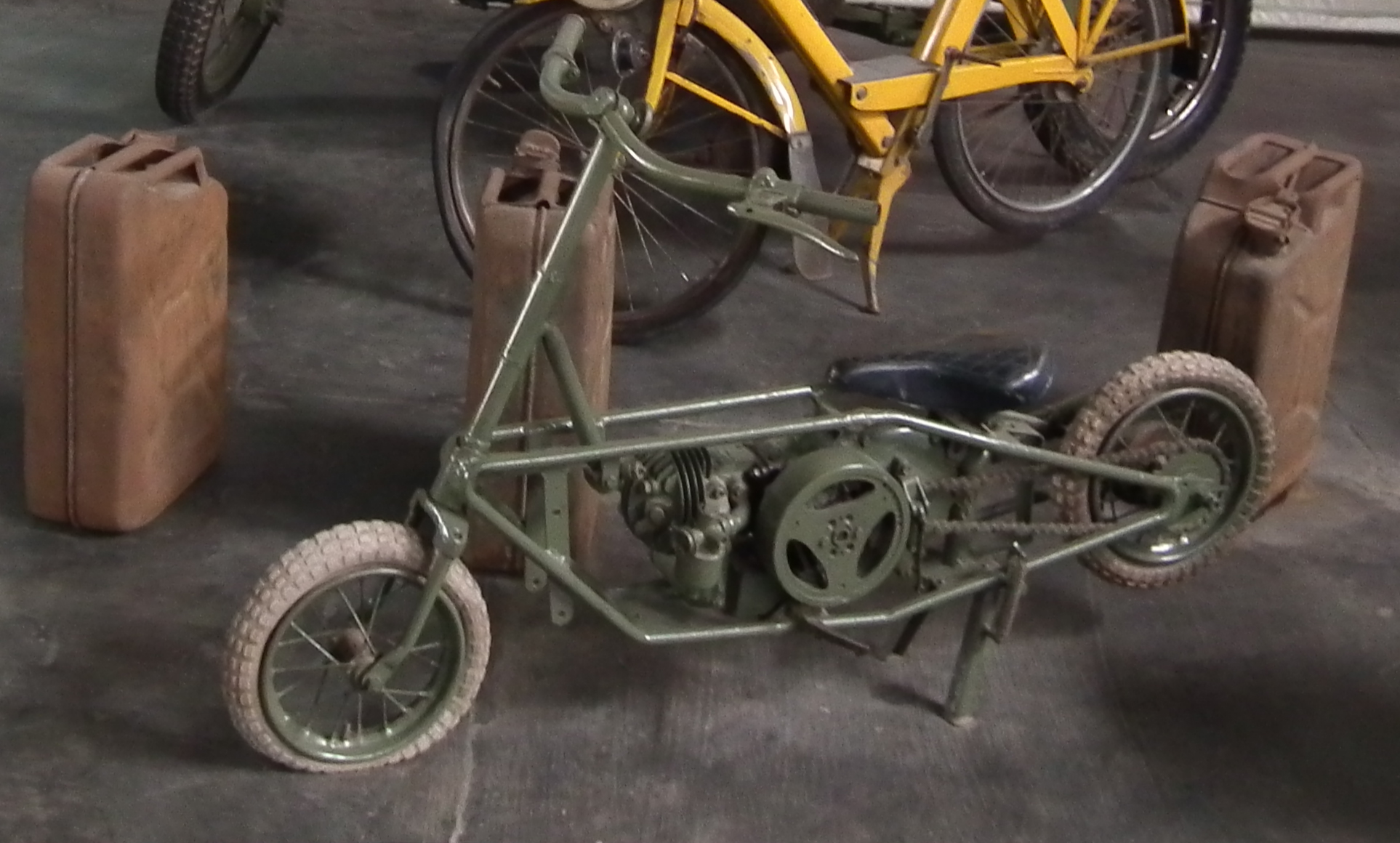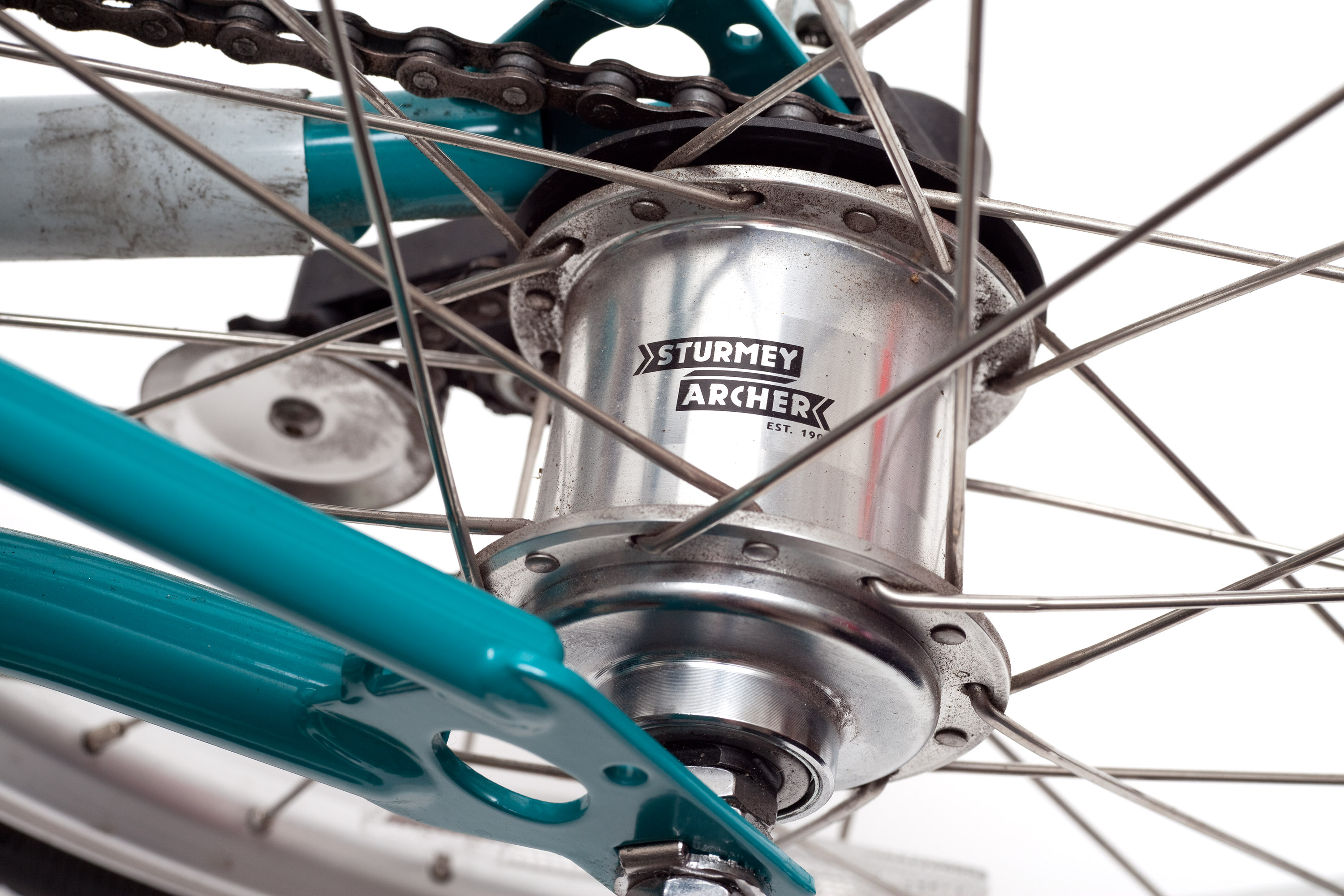|
Ackland Motorcycles Co
The Ackland Motorcycles Co is a defunct British motorcycle manufacturer. The company was founded by ''William Charles Ackland'' (1871-1942) in 1895 and originally manufactured cycles. The company was located on St. Mary's Road in Southampton. Ackland's son ''William George Ackland'' (1903-1994) later joined the company. Motorcycle production In 1919 Ackland started producing motorcycles. He used proprietary components from suppliers for the hubs, engine and gearbox. Whilst most similar manufacturers chose two-stroke engines from Villiers Engineering, Ackland used the more expensive, heavy-duty V-twins from JA Prestwich Industries (J.A.P.). Production lasted from 1919 to 1924, although bicycle production continued until 1936. A restored 1922 example is on display at Southampton Museum. This particular machine has a 680 cc JAP engine, a Sturmey Archer 3 speed box and carbide lighting Carbide lamps, or acetylene gas lamps, are simple lamps that produce and burn acetylene (C ... [...More Info...] [...Related Items...] OR: [Wikipedia] [Google] [Baidu] |
Southampton
Southampton () is a port city in the ceremonial county of Hampshire in southern England. It is located approximately south-west of London and west of Portsmouth. The city forms part of the South Hampshire built-up area, which also covers Portsmouth and the towns of Havant, Waterlooville, Eastleigh, Fareham and Gosport. A major port, and close to the New Forest, it lies at the northernmost point of Southampton Water, at the confluence of the River Test and Itchen, with the River Hamble joining to the south. Southampton is classified as a Medium-Port City . Southampton was the departure point for the and home to 500 of the people who perished on board. The Spitfire was built in the city and Southampton has a strong association with the ''Mayflower'', being the departure point before the vessel was forced to return to Plymouth. In the past century, the city was one of Europe's main ports for ocean liners and more recently, Southampton is known as the home port of some of ... [...More Info...] [...Related Items...] OR: [Wikipedia] [Google] [Baidu] |
Motorcycle Wheel
Motorcycle wheels are made to cope with radial and axial forces. They also provide a way of mounting other critical components such as the brakes, final drive and suspension. Wheels, and anything directly connected to them, are considered to be unsprung mass. Traditionally motorcycles used wire-spoked wheels with inner tubes and pneumatic tyres. Although cast wheels were first used on a motorcycle in 1927, it would not be until the 1970s that mainstream manufacturers would start to introduce cast wheels on their roadgoing motorcycles. Spoked wheels are usually made using steel spokes with steel or aluminium rims. Cast wheels are predominantly made from an aluminium-alloy, but can also be made from more-exotic materials, such as magnesium content alloy or carbon fibre. History The first commercial motorcycles were built like bicycles, with wire wheels as bicycles had traditionally been fitted with. The Steffey motorcycle in 1902, essentially a bicycle with a two-stroke engine atta ... [...More Info...] [...Related Items...] OR: [Wikipedia] [Google] [Baidu] |
Engine
An engine or motor is a machine designed to convert one or more forms of energy into mechanical energy. Available energy sources include potential energy (e.g. energy of the Earth's gravitational field as exploited in hydroelectric power generation), heat energy (e.g. geothermal), chemical energy, electric potential and nuclear energy (from nuclear fission or nuclear fusion). Many of these processes generate heat as an intermediate energy form, so heat engines have special importance. Some natural processes, such as atmospheric convection cells convert environmental heat into motion (e.g. in the form of rising air currents). Mechanical energy is of particular importance in transportation, but also plays a role in many industrial processes such as cutting, grinding, crushing, and mixing. Mechanical heat engines convert heat into work via various thermodynamic processes. The internal combustion engine is perhaps the most common example of a mechanical heat engine, in which he ... [...More Info...] [...Related Items...] OR: [Wikipedia] [Google] [Baidu] |
Gearbox
Propulsion transmission is the mode of transmitting and controlling propulsion power of a machine. The term ''transmission'' properly refers to the whole drivetrain, including clutch, gearbox, prop shaft (for rear-wheel drive vehicles), differential, and final drive shafts. In the United States the term is sometimes used in casual speech to refer more specifically to the gearbox alone, and detailed usage differs. The transmission reduces the higher engine speed to the slower wheel speed, increasing torque in the process. Transmissions are also used on pedal bicycles, fixed machines, and where different rotational speeds and torques are adapted. Often, a transmission has multiple gear ratios (or simply "gears") with the ability to switch between them as the speed varies. This switching may be done manually (by the operator) or automatically (by a control unit). Directional (forward and reverse) control may also be provided. Single-ratio transmissions also exist, which simply chan ... [...More Info...] [...Related Items...] OR: [Wikipedia] [Google] [Baidu] |
Two-stroke Engine
A two-stroke (or two-stroke cycle) engine is a type of internal combustion engine that completes a power cycle with two strokes (up and down movements) of the piston during one power cycle, this power cycle being completed in one revolution of the crankshaft. A four-stroke engine requires four strokes of the piston to complete a power cycle during two crankshaft revolutions. In a two-stroke engine, the end of the combustion stroke and the beginning of the compression stroke happen simultaneously, with the intake and exhaust (or scavenging) functions occurring at the same time. Two-stroke engines often have a high power-to-weight ratio, power being available in a narrow range of rotational speeds called the power band. Two-stroke engines have fewer moving parts than four-stroke engines. History The first commercial two-stroke engine involving cylinder compression is attributed to Scottish engineer Dugald Clerk, who patented his design in 1881. However, unlike most later two-s ... [...More Info...] [...Related Items...] OR: [Wikipedia] [Google] [Baidu] |
Villiers Engineering
Villiers Engineering was a manufacturer of motorcycles and cycle parts, and an engineering company based in Villiers Street, Wolverhampton, England. Early history In the 1890s John Marston's Sunbeam had become extremely successful by relying on high quality of production and finish. But Marston was dissatisfied with the pedals on his machines, which he bought in. In 1890 he dispatched his son Charles to the US on a selling trip, but included in his instructions that Charles must discuss pedal engineering with Pratt and Whitney in Hartford, Connecticut and come back with a high-class pedal and the machinery for making it. Charles said that the Villiers Engineering Co. was "the ultimate fruit" of his trip to the US, being impressed by the production system and the labour saving devices. He pointed out that "it was not possible to develop these at Sunbeamland, which had long been working on another plan, but it was possible to start them in a new factory". As a result of the to ... [...More Info...] [...Related Items...] OR: [Wikipedia] [Google] [Baidu] |
V-twin
A V-twin engine, also called a V2 engine, is a two-cylinder piston engine where the cylinders share a common crankshaft and are arranged in a V configuration. Although widely associated with motorcycles (installed either transversely or longitudinally), V-twin engines have also been used for industrial engines and in several small cars. The V-twin design dates back to the late 1880s. Origins One of the first V-twin engines was built by Gottlieb Daimler in 1889. It was used as a stationary engine, for boats and in the Daimler Stahlradwagen ("steel-wheeled car"), Daimler's second car. The engine was also manufactured under licence in France by Panhard et Levassor. An early V-twin engined motorcycle was produced in November 1902 by the Princeps AutoCar Company in the United Kingdom. The following year, V-twin motorcycles were produced by Eclipse Motor & Cycle Co in the United Kingdom (the ''XL-ALL'' model), Glenn Curtiss in the United States, and NSU Motorenwerke in Germany. ... [...More Info...] [...Related Items...] OR: [Wikipedia] [Google] [Baidu] |
JA Prestwich Industries
JA Prestwich Industries, was a British engineering equipment manufacturing company named after founder John Alfred Prestwich, which was formed in 1951 by the amalgamation of J.A.Prestwich and Company Limited and Pencils Ltd. History John Prestwich, an engineer, commenced manufacture of scientific instruments in 1895, when he was 20, initially behind his father's house at 1 Lansdowne Road, Tottenham, London. By 1911 he had moved to new premises in Tariff Road, within the Northumberland Park area of Tottenham, London, anwhich still exists as of 2015 Prestwich was initially best known for his cinematography cameras and projectors. He worked with S.Z. de Ferranti and later the cinema pioneer William Friese-Greene. Circa 1902 J.A.Prestwich and Company began manufacturing motorcycle engines which were used in many motorcycle marques. The motorcycle engines were associated with racing and record success and were used in speedway bikes into the 1960s. Prestwich also made engines for ... [...More Info...] [...Related Items...] OR: [Wikipedia] [Google] [Baidu] |
Sturmey Archer
Sturmey-Archer was a manufacturing company originally from Nottingham, England. It primarily produced bicycle hub gears, brakes and a great many other sundry bicycle components, most prominently during their heyday as a subsidiary of the Raleigh Bicycle Company. In the past, it also manufactured motorcycle hubs, gearboxes and engines. The company was founded in 1902 by Henry Sturmey and James Archer under the guidance of Frank Bowden, the primary owner of Raleigh. In 2000, the assets and trademarks of Sturmey-Archer were sold to Sun Race of Taiwan which was renamed Sun Race Sturmey-Archer Inc. and production moved to Taiwan. Products All Sturmey-Archer gear hubs use epicyclic (planetary) geartrains of varying complexity. The AW is the simplest, using one set of planetary gears with four planets. The AM uses three compound planets with differently sized cogs machined from a common shaft to engage the gear ring and sun gear separately, while the close-ratio three-speeds, and hu ... [...More Info...] [...Related Items...] OR: [Wikipedia] [Google] [Baidu] |
Carbide Lighting
Carbide lamps, or acetylene gas lamps, are simple lamps that produce and burn acetylene (C2H2) which is created by the reaction of calcium carbide (CaC2) with water (H2O). Acetylene gas lamps were used to illuminate buildings, as lighthouse beacons, and as headlights on motor-cars and bicycles. Portable acetylene gas lamps, worn on the hat or carried by hand, were widely used in mining in the early twentieth century. They are still employed by cavers, hunters, and cataphiles. Small carbide lamps called "carbide candles" or "smokers" are used for blackening rifle sights to reduce glare. They are sometimes referred to as "smokers" because of the sooty flame produced by acetylene. Mechanism A mining or caving lamp has calcium carbide placed in a lower chamber, the generator. The upper reservoir is then filled with water. A threaded valve or other mechanism is used to control the rate at which the water is allowed to drip into the chamber containing the calcium carbide. By ... [...More Info...] [...Related Items...] OR: [Wikipedia] [Google] [Baidu] |
Companies Based In Southampton
A company, abbreviated as co., is a legal entity representing an association of people, whether natural, legal or a mixture of both, with a specific objective. Company members share a common purpose and unite to achieve specific, declared goals. Companies take various forms, such as: * voluntary associations, which may include nonprofit organizations * business entities, whose aim is generating profit * financial entities and banks * programs or educational institutions A company can be created as a legal person so that the company itself has limited liability as members perform or fail to discharge their duty according to the publicly declared incorporation, or published policy. When a company closes, it may need to be liquidated to avoid further legal obligations. Companies may associate and collectively register themselves as new companies; the resulting entities are often known as corporate groups. Meanings and definitions A company can be defined as an "artificial per ... [...More Info...] [...Related Items...] OR: [Wikipedia] [Google] [Baidu] |
Defunct Motorcycle Manufacturers Of The United Kingdom
{{Disambiguation ...
Defunct (no longer in use or active) may refer to: * ''Defunct'' (video game), 2014 * Zombie process or defunct process, in Unix-like operating systems See also * * :Former entities * End-of-life product * Obsolescence Obsolescence is the state of being which occurs when an object, service, or practice is no longer maintained or required even though it may still be in good working order. It usually happens when something that is more efficient or less risky r ... [...More Info...] [...Related Items...] OR: [Wikipedia] [Google] [Baidu] |








